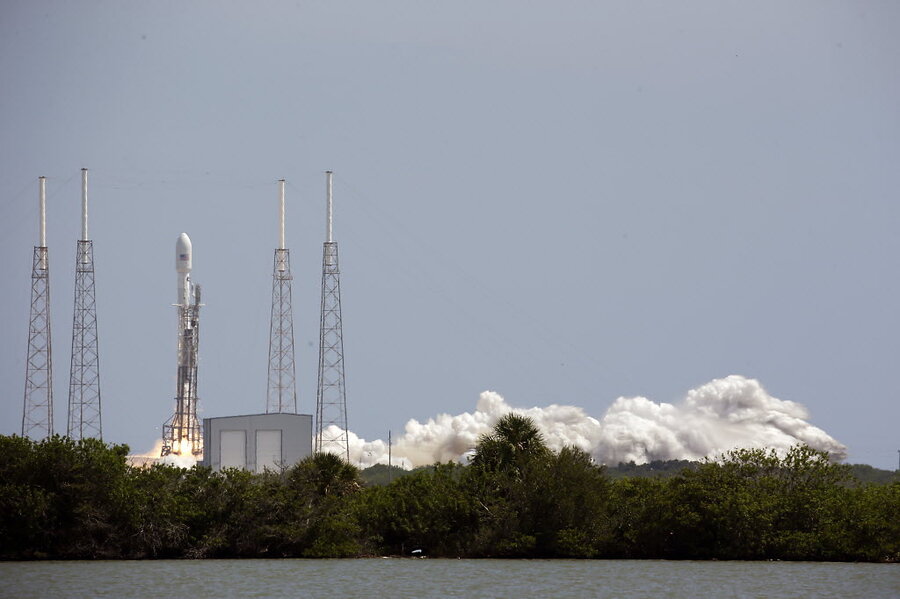SpaceX to make Brownsville, Texas, first private orbital spaceport
Loading...
As employers go, Space Exploration Technologies Corp. will hardly be the top source of jobs outside government, education, and health care in Brownsville, Texas. That distinction goes to a Singapore-based company that builds offshore oil rigs.
But local officials are hoping things will begin to change with Monday's announcement that the innovative rocketmaker will build its own launch site on the Gulf Coast about 17 miles northeast of the city. It will be the first commercial launch site dedicated to launching payloads into Earth's orbit.
“SpaceX’s presence in the Brownsville area will transform our region by creating jobs and stimulating not only our city’s economy, but that of the entire Rio Grande Valley,” Brownsville Mayor Tony Martinez said in a prepared statement.
The theme was echoed in a joint statement from SpaceX chief executive officer and chief designer Elon Musk and Texas Republican Gov. Rick Perry.
The project would create hundreds of high-tech jobs in Texas, Mr. Musk said, adding that the new facility "will inspire students, expand the supplier base, and attract tourists to the south Texas area."
Some of those jobs could come from building large rockets in Texas, rather than in Hawthorne, Calif., the company's home base, Musk told Texas lawmakers in hearings held last year. The company's current workhorse, the Falcon 9, is built in Hawthorne. The rocket was designed to be hauled by truck to its launch sites at Vandenberg Air Force Base in California and the Cape Canaveral Air Force Station, adjacent to the Kennedy Space Center in Florida.
But as the company adds to its stable of rockets too big to reasonably haul by truck, "the logical thing to do is build them closer to the launch site," Musk told lawmakers.
For SpaceX, the move to build and operate its own launch site carries a range of advantages, not the least of which is the ability to build and apply automated rocket-processing systems as the company develops them.
The company's overarching goal is to provide reliable access to space at significantly lower costs than competitors can offer. One way the company hopes to achieve that is by building reusable rockets, then taking them to the pad, raising them to their vertical position, fueling them, and launching them within an hour – with all these steps automated.
The company has been working toward reusability by reserving fuel for landing the first stage of its rockets and adding deployable legs so the stage can make a powered landing at its launch site. The technology was successfully tested at a facility that SpaceX built in McGregor, Texas.
In addition, the company has tested the landing systems on boosters used during a space-station resupply mission for NASA in April and a satellite launch in July. By design, the returning boosters landed in the ocean, and in both cases, the reentry and leg deployment took place as planned. But after the July test, the booster broke up when it hit the ocean.
SpaceX envisions about 12 launches a year from Brownsville through 2025. By 2016, the company expects its Brownsville staff to reach about 30 employees and contractors, going up to 150 full-time workers on the site by 2025.
The state has offered SpaceX some $15.3 million to locate in Brownsville, according to the governor's office. Some $13 million is coming from the state's Spaceport Trust Fund, with another $2.3 million coming from the Texas Enterprise Fund.
The state estimates that the new launch facility will create some 300 jobs in the Brownsville region and lead to $85 million in capital investments there.






